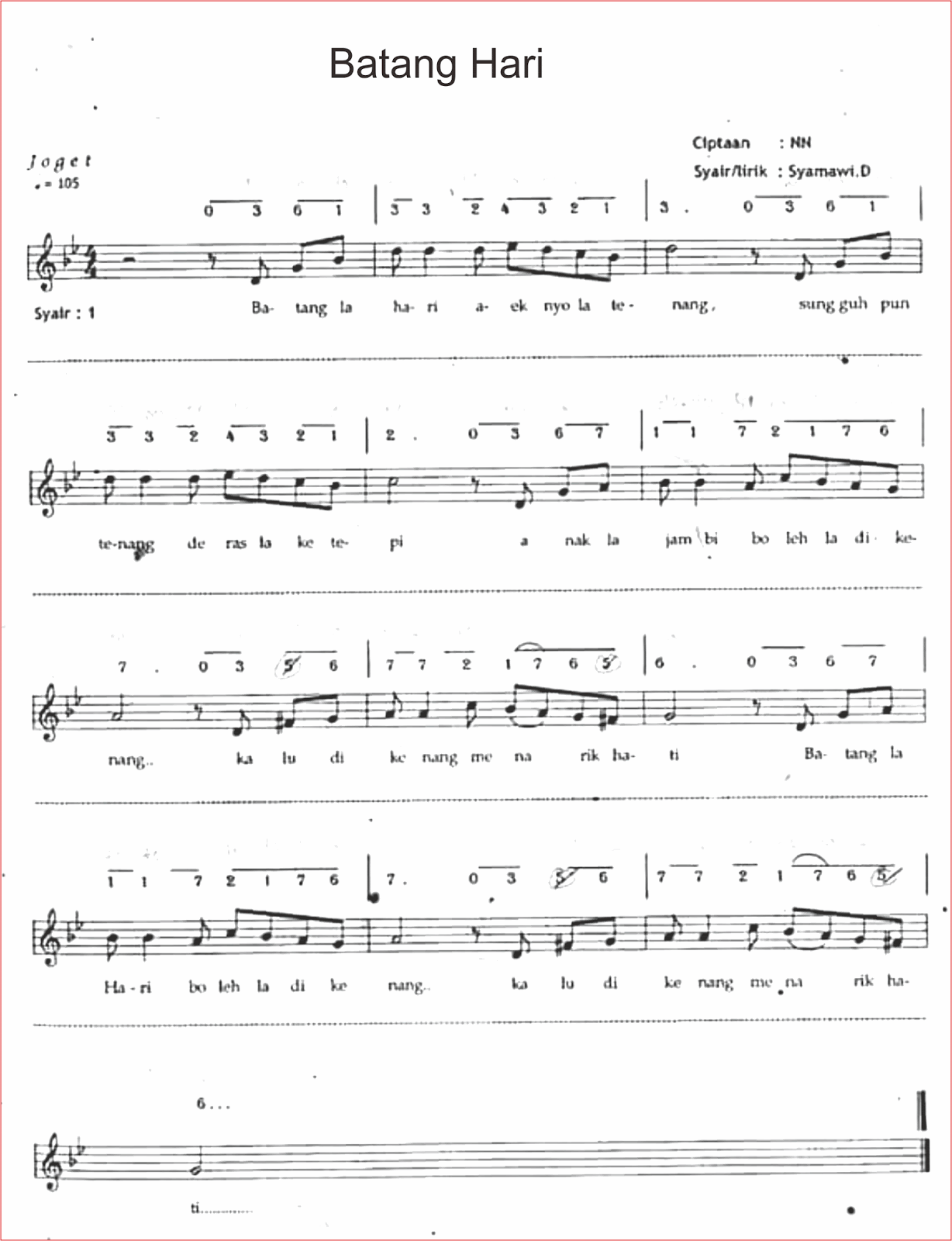
Dulay et al (1982:23), however, cited some results of studies conducted by Huang (1970), Erving-Tripp (1974), Hakuta (1974) and Hatch (1972) that children acquiring a second language typically exhibit a silent period for one to three months or so. Therefore, the learners are facilitated and encouraged to use language in communication as soon as possible because they learn by doing. This claim is supported by interlanguage theory that regards mistakes as developmental mastery of the language. In both versions it is claimed that the learner uses language in communication. The weak version stresses the importance of providing learners with opportunities to use language for communicative purposes, i.e.

The strong version advances the claim that 'language is acquired through communication' i.e. Silence Howatt quoted by Richards et al (1986) distinguishes between "strong" and "weak" version of Communicative Language Teaching. Taken from the cultures of the learners too, so that they are not deprived from their own culture. A method that has provide to be successful in certain society may yield different result due to different social and cultural environment: the method applied in a certain school should not contradict the social and cultural values of the learners and the teaching materials need to be Besides, teaching methods based on scientific researches, need justification from social and pedagogical aspects. Therefore, imported methods of teaching should never be used without modification that suits Indonesian situation and condition. On the other hand, an educational theory is judged as good or bad. These terms are neutral and value-free terms. She claims that "any teaching methods is necessarily based on educational theory rather than on scientific theory it is logically impossible to have simply scientific approach to a subject such as a foreign language." She further puts forward that "a scientific theory is either correct or incorrect. Sampson argues whether the teaching methods belong to the social dimension of the technological dimension. In her paper presented at the SEAMEO Seminar (1981), Dr. It seems foolproof to say that since these methods are based on scientific findings through long painstaking and laborious researches they are the best methods and can be imported to Indonesian schools to produce better and desired results of English classroom instruction. The methods which are still in vogue now in Indonesia is the Communicative Approach and the Natural Approach. However, it seems that there are no flawless methods: they have been criticized and, therefore, "new" methods have been developed and used in our schools. Most of these methods are scientific-finding based and have been tried out "Successfully" at least by those who claimed to have developed the methods. Educational Theories There have been a lot of teaching methods that have been developed so far, such as Grammar Translation Methods, Direct Methods, Audio Lingual Methods and Oral Approach, Eclectic Method, Natural Method, Total-Physical-Response Method, Natural Approach, Communicative Approach and many others. In this paper the writer would like to put forward some ideas to be reconsidered in order to improve classroom instruction so that the English education program can somehow be improved and gives way to the invention of new methods and techniques of teaching English as a foreign language in Indonesia.

Many scholars in national seminars on Teaching English as a Foreign Language in Indonesia (TEFLIN) and even educated ordinary men criticize our English classes in junior and high schools as well as in higher education for being unable to produce graduates competent in speaking and writing English.

Yet it seems that their efforts have not yet substantially yielded better and desired results. A great deal of discussion has been taking place new English teaching methods and techniques are continually being developed and teachers training and in-service training such as up-grading and workshops have occasionally been carried out. Efforts to change the present situation are still being done. However, the result is still a lot to be desired. Of course there are a few enthusiastic teachers who are struggling to help their students achieve a harmonious development and mastery of the four language skills in English. Marcus Daely Introduction In spite of the increasing demand for working knowledge of English in various fields of Indonesian society, the present English teaching situation in Indonesia such as in junior and senior high schools as well as in higher education still cannot meet the expectation of society at large. Towards More Efficient Classroom Instruction


 0 kommentar(er)
0 kommentar(er)
